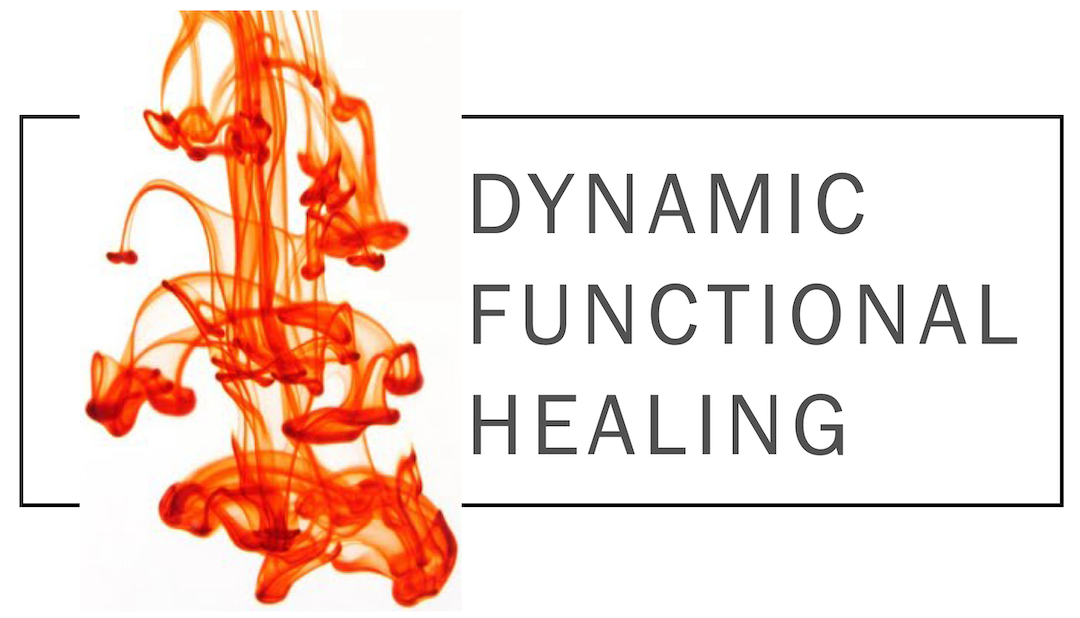An item I share in my Bladder & Pelvic Floor Health for Practitioners class from Haslam & Laycock's "Therapeutic Management of Incontinence and Pelvic Pain", 2nd edition:
When pain persists, even after healing has taken place [from a trauma], the nerve cell membranes undergo a change in conformation, establishing new receptor sites and the formation of new neural pathways that become embedded into the central nervous system. Once established, the chronic pain pathways are difficult to eradicate. Chronic pain no longer serves a useful purpose, but leads to physical, behavioral, and psychological changes that combine to produce the pain experience.
There are a couple very practical implications here. Firstly, chronic pain causes very real physical changes, even when the physical cause can no longer be detected. Secondly, the longer someone waits to get treatment for pain, the more established will be those physical changes and the more treatments they will require to try to reverse the pathology.
I have had patients who have become frustrated with western medical practitioners who told them that the pain "is in your head". It's an unfortunate (and rather dismissive) way to language it, but sometimes this is to what they refer. The physical cause has resolved; the pain now lives in their neurology. Chronic pain requires both physical modalities and CBT (cognitive-behavioral therapy) in order to be addressed completely. It will not be resolved by medications or surgery.
